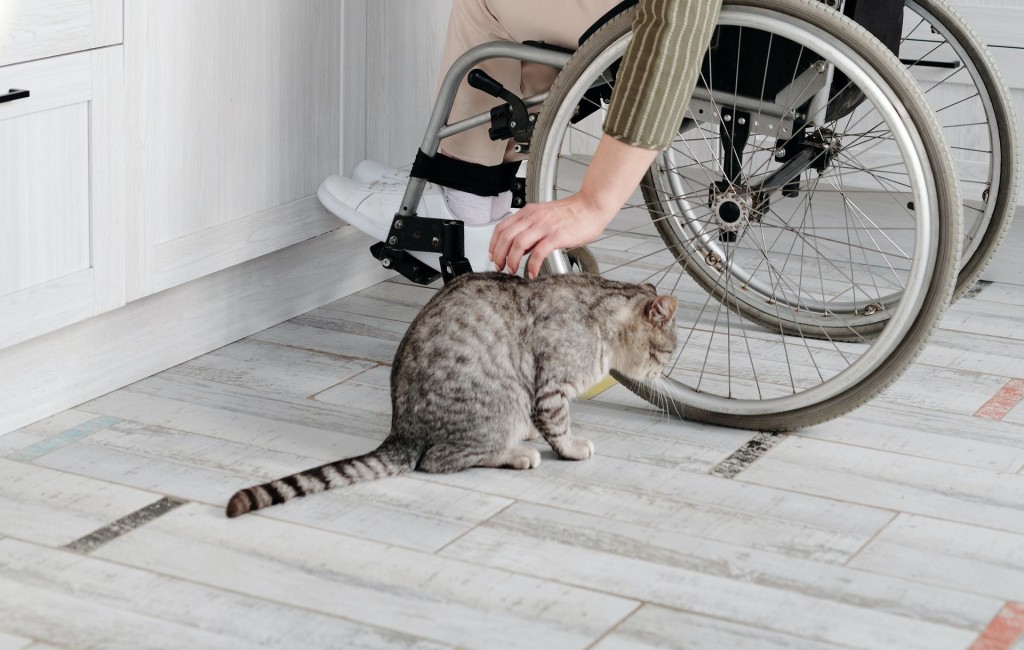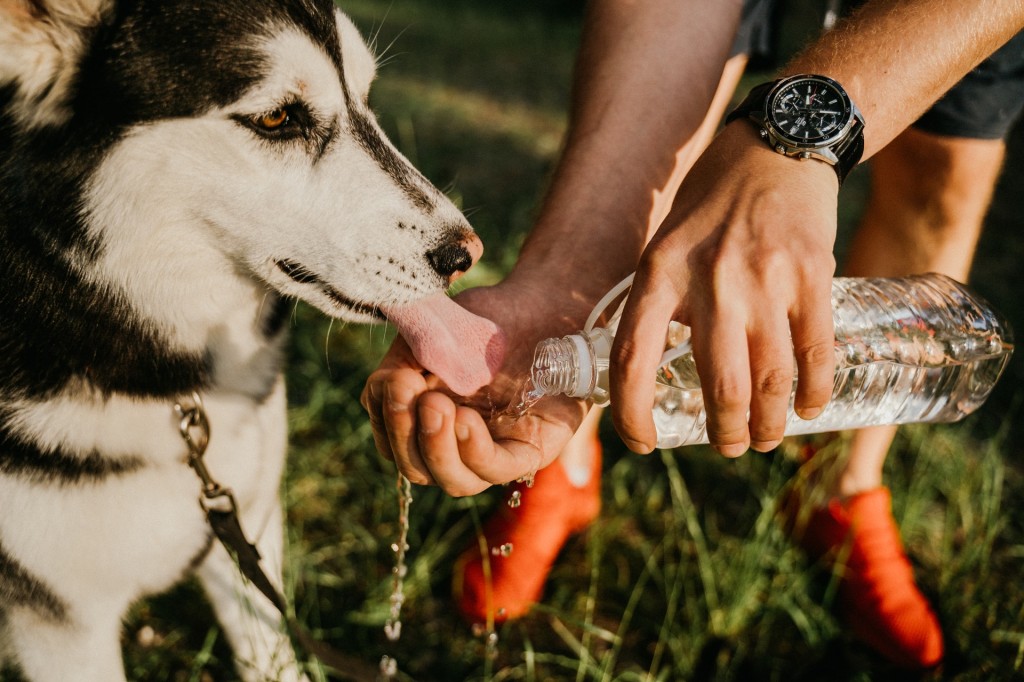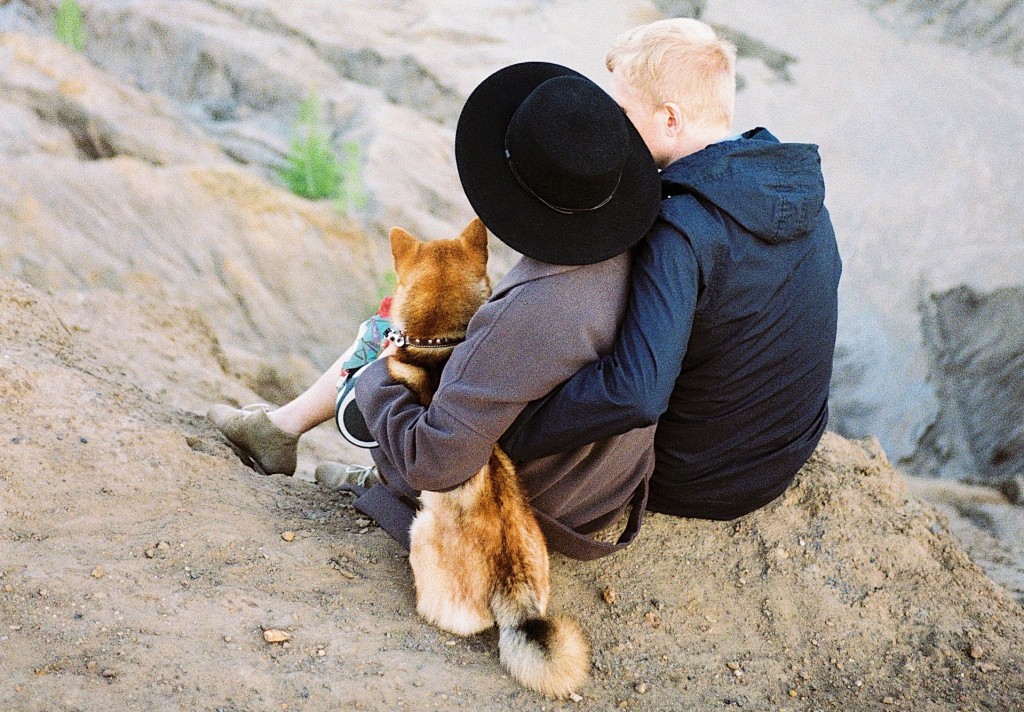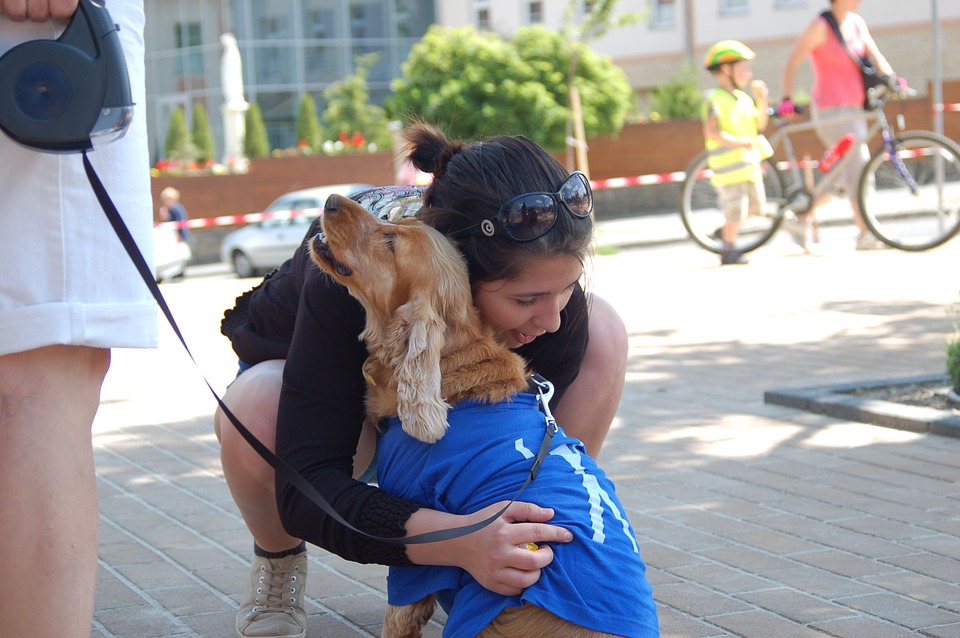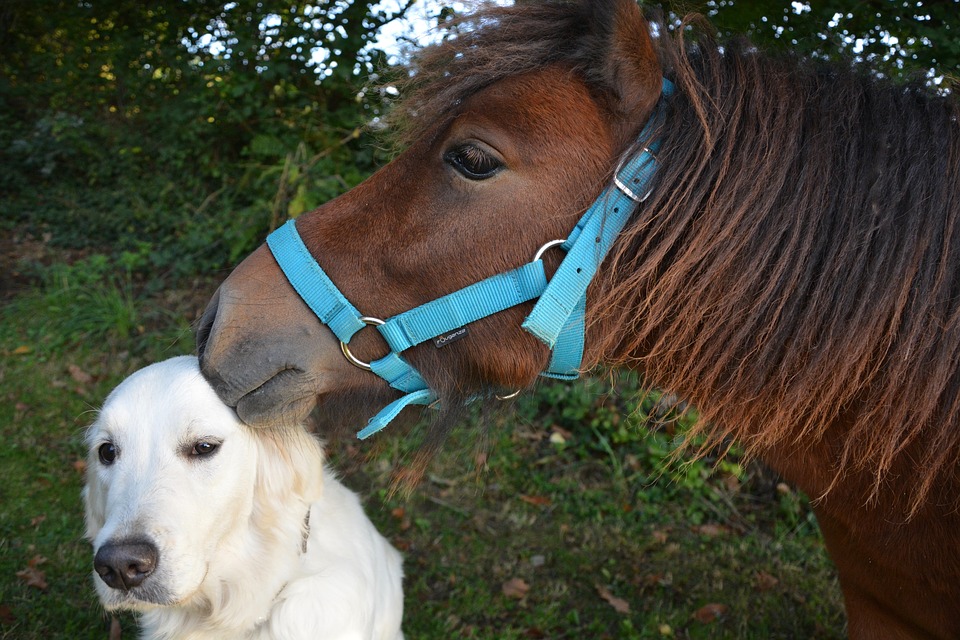When we talk about a new year, one of the things that come to mind is making resolutions to improve our life or add excitement to it. But we also forget that our four-legged friends also need annual changes. They may not say or show it but the want is there. Looking for some ideas for new year’s resolutions to make with your animal companion? Use this list as your inspiration.
1. Measure their food every time
Most, if not all animals don’t know that they are overeating. If you’ve noticed your companion gaining weight, it’s a sign that you’re putting too much food in their bowl. While an animal looks cute if they’ve reached a “chonkers” physique, being overweight actually shortens its life.
It’s also worth mentioning that making an animal obese is a form of abuse, be it intentional or not. You must talk to your vet and follow the recommended serving of your pet or assistance animal’s food.
2. Give them a form of exercise and let them play
Pets aren’t just the type of animals that need exercise and playtime. Even working animals also require physical, emotional, and mental workouts to maintain their wellbeing and efficiency. If you have a condition that prevents you from exercising or playing with your assistance animal,
you can let them loose in the backyard or in the living room with their toys. Better yet, hire someone else to play with them or take them out for a walk.
3. Visit the vet twice this year
Like humans, animals also require routine physical checkups. Make sure to schedule and show up to the veterinarian’s clinic every six months. Responsible pet and assistance animal owners should prevent their companions from being sick by getting them diagnosed for conditions and treating any as early as possible.
4. Teach them new tricks
Pets will eventually feel bored from a daily routine and want something new and exciting to grow. Which is why it’s recommended to teach them new tricks or commands every year. That also includes service, emotional support, and therapy animals.
If a service dog already knows how to fetch an object through an issued command, the next thing they should learn is how to unload your dryer or play dead. Actually, teaching anything they don’t already know is a good challenge to keep their minds sharp.
5. Make them meet more friends
Dogs, cats, and even horses are social animals like us. They need to be in the company of their kin from time to time to stay emotionally healthy. On relaxed days take your pet or service dog to a canine park to socialize with other pups.
Cats can also enjoy the company of others in specified daycares. For those with miniature horses, look for local equine farms in your local area that they can freely run around.
It’s important to remember that these resolutions aren’t only beneficial for your animal. By putting in the effort to make them happy, healthy, and fulfilled, your quality of living will also improve, especially when they return your kindness with unconditional love.
Do you own an assistance animal? Register your pet today.
The Service Animal Registry of California invites you to have your assistance animal registered in order to designate its status. We also encourage you to take our online classes so you can be fully aware of your rights and gain more knowledge about your support animal.
Finally, we present to you our book entitled, “ASSISTANCE ANIMAL LAWS: LEARN YOUR RIGHTS REGARDING SERVICE ANIMALS, EMOTIONAL SUPPORT ANIMALS, THERAPY PETS, AND OTHER DOGS, CATS, AND ASSISTANCE ANIMALS” to provide you with a complete education on assistance animals. Purchase your copy of the book by clicking the image below. 

